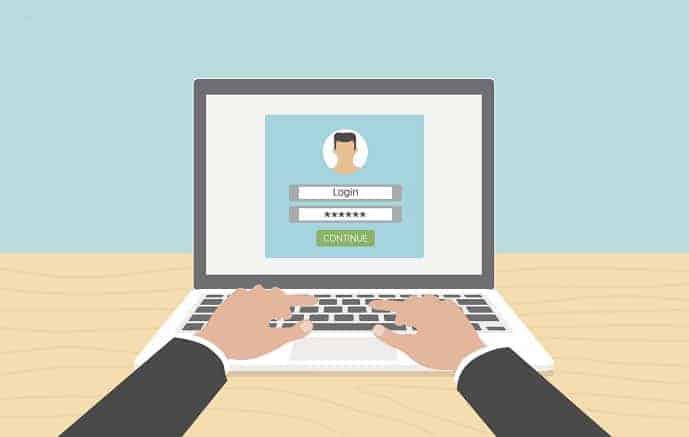A new federal rule requires that all providers give patients access to clinical notes starting April 5, 2021. As a practicing physician, what do you need to know?
Patients are now required to have access to clinical notes
The new policy comes from the ONC Cures Rule, which implements the 21st Century Cures Act signed into law in December 2016. The rule requires that, as of April 5, 2021, clinicians and hospitals give patients easy access to their health information in a fully automated, low-cost manner.
The Cures Rule includes many facets that you can read about here. But two factors will impact most physicians and hospitals:
- Access to clinical notes
- Immediate release of tests and studies
In this article, we’re focused on the first factor: the requirement that providers give patients access to the full clinical note. More specifically, providers are required to give patients free access to eight types of clinical notes:
- Consultation notes
- Discharge summary notes
- History and physical
- Imaging narratives
- Laboratory report narratives
- Pathology report narratives
- Procedure notes
- Progress notes
Some exceptions do exist. For example, providers may still withhold psychotherapy notes. You can also withhold notes if you have a reasonable assumption they could be used in a civil or criminal court case or administrative proceeding.
What the new rule means for physicians
In practice, physicians will keep typing their notes in the EHR as they always have. Patients will be able to access the notes as part of their EHR through online portals, as most already can.
The difference is that patients will now be able to access the full clinical note. Furthermore, clinical notes will be available in apps that link to the EHR via application programming interfaces (APIs). The Cures Rule ensures that certified APIs are made available in a way that is safe, secure, and affordable.

Should you change how you document?
We could assume that knowing patients can access clinical notes would change how doctors document. But research suggests there may be a smaller effect than you would expect.
Several studies show that most doctors implementing open notes don’t change the way they write their notes. While few clinicians report “dumbing down” their notes, some find themselves using fewer abbreviations and trying to avoid language that could appear judgmental to patients.
In an article titled “Your Patient Is Reading Your Note” published in the The American Journal of Medicine, the authors suggest 7 tips for implementing open notes in clinical practice:
- Be clear and succinct
- Directly and respectfully address concerns
- Use supportive language
- Include patients in the note-writing process
- Encourage patients to read their notes
- Ask for and use feedback
- Be familiar with how to amend notes
You can find a compilation of tips and examples for those suggestions here.
The philosophy behind giving patients access to clinical notes
The suggestions listed above may sound like a burden for some clinicians. And many providers will be reticent about this new requirement to give patients access to clinical notes.
There are some common concerns that come up: Can’t notes be confusing for patients? Could they damage the patient-provider relationship? Will this lead to more questions and work for doctors? Aren’t physicians working hard enough already?”
Fortunately, giving patients access to clinical notes is not new. Over the past decade a philosophy called ‘open notes’ has spread widely in healthcare. In fact, prior to the Cures Rule, 250 health organizations already offered open notes to more than 50 million patients registered on their portals.
Prior to the Cures Rule, 250 health organizations already offered open notes to more than 50 million patients registered on their portals.
The open notes philosophy has been spearheaded by OpenNotes, an “international movement committed to spreading and studying the effects of transparent communication among patients, families, and physicians.”
OpenNotes has compiled a substantial amount of research on the effects of giving patients access to clinical notes. You can dive into the research here, but in general, it seems that physicians and patients adapt surprisingly quickly to this change.
First of all, patient understanding of clinical notes appears to be high. In 2020, research showed that 96% of patients accessing their open notes understood the notes. Among those who didn’t understand, 35% looked for information on the internet, and 27% asked their clinicians.
On the whole, providers also seem to support this transition. OpenNotes research from 2020 found that 74% of providers approve of open notes, and 61% would recommend their colleagues adopt the practice.
Benefits of open notes
The benefits cited by open note proponents are myriad. Transparent communication facilitated by open notes seems to improve mutual trust between patients and providers. Open notes can also increase and improve engagement with care providers and partners. And they seem to benefit patient adherence to medication and care plans.
While the new rule will require small workflow adjustments for some physicians, it’s a big step toward empowering patients with control of their health data.
Useful resources
Providers with questions about the new ONC rule can begin with the following resources:
- About ONC’s Cure’s Act Final Rule: Read the full rule and find ONC’s official resources for doctors and hospitals.
- Cures Rule Fact Sheet: ONC’s official fact sheet about the final Cures Rule.
- OpenNotes for Health Professionals: New to sharing? Find out what you need to know.
- Research: Review research on the impact of giving patients access to clinical notes, compiled by OpenNotes faculty and scholars.
As a reminder, this article is not legal advice. Consult with your local compliance and legal counsel to figure out how local and federal laws may apply to your situation.
